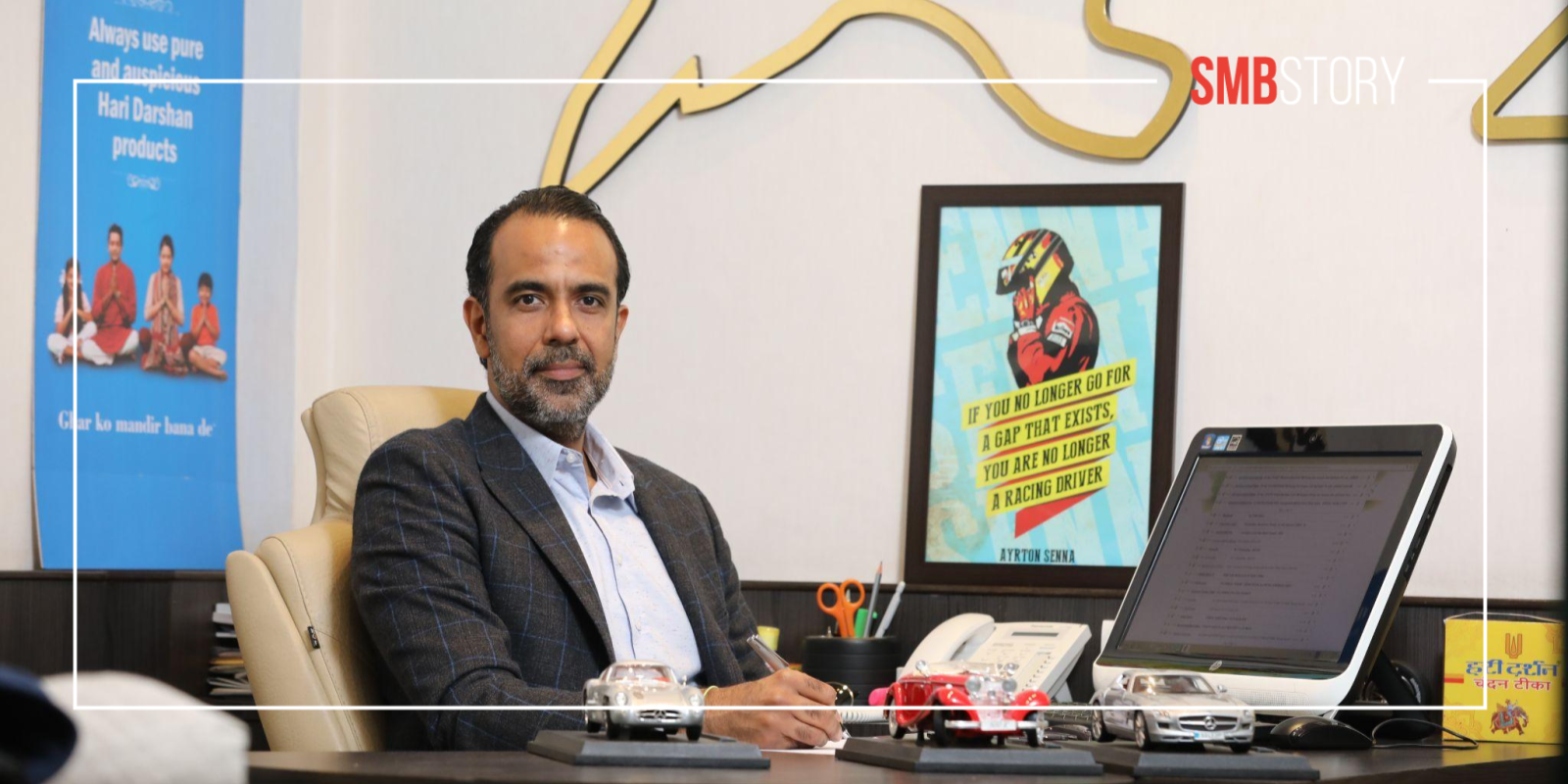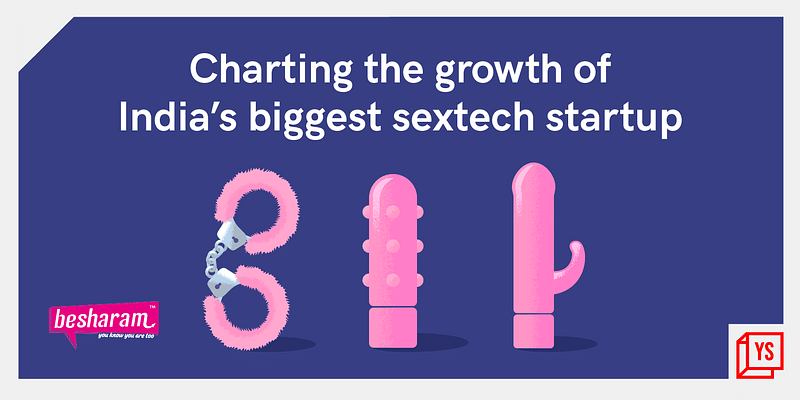How this small trading business from Delhi’s Sadar Bazar became one of India’s largest incense manufacturers
Incense manufacturing brand Hari Darshan has reached numerous Indian households from a small shop in Delhi’s Sadar Bazar. At present, the brand claims a turnover of Rs 150 crore and has big plans for the future.
From the lilies in the north to champa in the south, and jasmine found almost everywhere, Indian fragrances hold a rich history.
Betting on the plethora of Indian fragrances and placing them in the prayers of millions of Indian households is , one of the oldest players when it comes to incense, dhoop, and aromatherapy products.
In the 1800s, the family traded in herbs and fragrant essential oils, but the business was abruptly halted during the Partition in 1947.
Nonetheless, the traditional business of fragrant essential oils survived, and the present-day brand, Hari Darshan, was born in 1970 in New Delhi’s Sadar Bazaar.
In an interaction with SMBStory, Goldy Nagdev, a fourth-generation entrepreneur, and Managing Director of Hari Darshan Sevashram Pvt. Ltd., narrates how the brand has built its legacy in over 100 years.
He says, “With our dhoop and agarbattis, we're selling a few moments of bliss, and that’s what keeps us going. People remember us when they are praying.”
Over the years, Hari Darshan has established itself as a strong player in the incense market, competing with the likes of Cycle Pure Agarbathies, Zed Black, and Mangaldeep.
At present, the brand claims to contribute an annual production value of Rs 300 crore worth of incense products in the Indian market.
Small business, big opportunity
It all started in Delhi with a trading business of dhoop and agarbatti. It was in the 1960s that Hari Darshan built a small dhoop manufacturing set up in Shahdara.
Back then, the brand sold its products without any branding and labelling. In the 1970s, when the concept of branding started, under the leadership of Goldy’s father, the brand Hari Darshan came into existence.
With a commitment to quality, innovation, and customer satisfaction, the brand expanded its presence from one state to another, gradually covering the whole country.
In the early 1990s, Hari Darshan also started exporting outside India.
“We still own that small 10 ft by15 ft shop in Sadar Bazaar, and seeing where we have reached now, it gives me goosebumps. It all happened because our forefathers believed in their vision, and I am taking that forward with me,” Goldy says.
Today, Hari Darshan has one of the largest incense and associated products manufacturing and processing spaces in the industry, supported by logistics across India.
Goldy claims the company makes a turnover of Rs 150 crore as of now.
Making an impact
From a few packs to loadfuls of trucks getting manufactured every day, Hari Darshan has carved out a niche for itself in the incense market.
“People use our product with a lot of faith, and we cannot compromise on our quality. This is what has kept us going. It is difficult to give a number on how much we manufacture, but we are dispatching about 70-75 product ranges in 35-40 trucks a day,” Goldy tells SMBStory.
In fact, Hari Darshan exports incense sticks and dhoop to the Middle East, Sri Lanka, Latin America, and more.
Talking about the availability of raw materials, Goldy says most raw materials are available in India, but it actively imports some. .
“While non-availability in India could be a reason, there are several other factors. The world is now seen as one big marketplace. If there is value generation in terms of quality, innovation, features, or cost efficiency, there is no harm in importing. An overly protective economy harbours inefficiency,” he says.
Beating the odds
Goldy claims there are two major challenges in the incense industry — unorganised players and lesser brand adaptations.
“The incense industry has a unorganised sector. Competing with them, their cost loads, and low-quality commitments is like fighting an invisible enemy. The brand preference in this industry is far lower than its FMCG counterparts, which leads to a spurt in unorganised and local players who can offer better retail margins. Manufacturers have to incentivise retailers and channel partners to find their favourite, and hence, an additional cost load,” Goldy explains.
Another challenge is the rapid rise in the cost of raw materials, as the incense industry is dependent on raw materials from diverse sources, including natural, synthetic, domestic, imported, agro-based, packaging, etc.
New trends and the way ahead
“We want to be present in more prayers,” says Goldy, talking about the brand’s future prospects.
He adds the future for incense and related products is wide. As the consumer base is increasing, there is a renewed focus on culture and traditions.
At present, the demand for such products is not just for prayers but for aromatherapy and meditation.
“We are embracing our roots at the same pace as innovations. While the traditional usage of the product has been religious and spiritual, the new-age and wellness usage is spearheading the rising demand,” Goldy says.
Edited by Suman Singh










![[Startup Bharat] Y Combinator-backed BeWell Digital is enabling the digital transformation of radiologists](https://images.yourstory.com/cs/2/40d66ae0f37111eb854989d40ab39087/ImagesFrames31-1648033042143.png)
